Enhancing Efficiency and Performance with Vertical Slurry Pumps
In various industries, the efficient handling of abrasive and corrosive fluids is crucial for smooth operations. This is where vertical slurry pump come into play. Vertical slurry pumps are specialized machines designed to tackle the challenges posed by slurries, a mixture of solid particles and liquids. Whether in mining, wastewater treatment, or chemical processing, these pumps are essential for maintaining productivity and minimizing downtime. In this article, we will delve into the world of vertical slurry pumps, exploring their design, applications, and the benefits they offer.
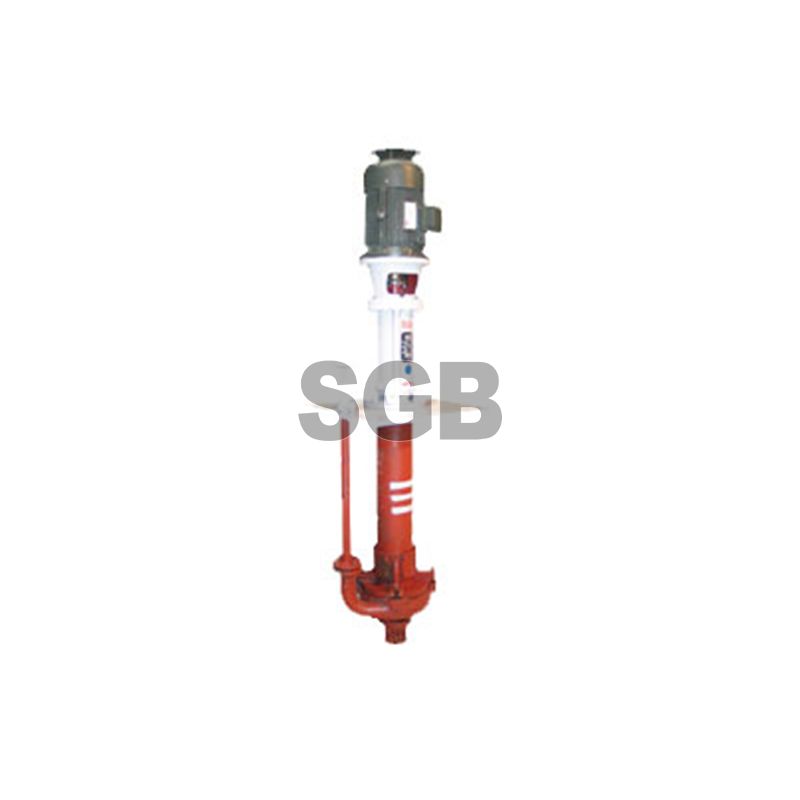
Vertical slurry pumps, also known as vertical sump pumps or vertical tank pumps, are a type of centrifugal pump designed to handle abrasive and corrosive fluids with high solids content. Unlike horizontal pumps, these machines are immersed directly in the sump or tank where the slurry is located. This design minimizes the need for priming, making them highly efficient and reliable.
Design and Components
Vertical slurry pumps are characterized by their vertical orientation and submerged installation. Key components of these pumps include:
Pump Casing: The pump casing is designed to withstand the erosive and corrosive nature of slurries. It is typically made from materials such as high-chrome alloy, rubber, or ceramic to ensure durability.
Impeller: The impeller is responsible for creating the centrifugal force that moves the slurry. It is also designed to resist wear and erosion, often featuring a special design to handle abrasive particles.
Shaft and Bearings: The vertical shaft connects the impeller to the motor and is supported by robust bearings to ensure smooth operation even in harsh conditions.
Drive Unit: Vertical slurry pumps are powered by electric motors or diesel engines, depending on the application's requirements. The drive unit provides the necessary power to rotate the impeller.
Applications
Vertical slurry pumps find application across various industries due to their ability to handle challenging fluids. Some common applications include:
Mining: In mining operations, these slurry pumps are used to transport slurries containing minerals and ores. They are vital for processes such as dewatering, mill discharge, and tailings management.
Additional reading:
Why is Desulphurization Pump the Unsung Hero of Clean Air?
A Quick Guide to Heavy-Duty Horizontal Slurry Pump
Frequently Asked Questions about Centrifugal Pumps
What are the different types of mini ball valves?
Difference Between Gate Valve and Globe Valve
What is block forging?
Everything You Need To Know about Multistage Centrifugal PumpsWastewater Treatment: Municipal and industrial wastewater treatment facilities utilize vertical slurry pumps to handle sludge, sewage, and other abrasive materials.
Chemical Processing: Chemical plants rely on these pumps for transferring corrosive chemicals, acids, and abrasive mixtures within their processes.
Power Generation: In power plants, these pumps are used for ash handling in coal-fired power stations, where abrasive ash particles are transported from boilers to disposal areas.
Benefits of Vertical Slurry Pumps
The use of vertical slurry pumps offers several advantages:
High Efficiency: Vertical slurry pumps are designed for optimal efficiency, ensuring minimal energy consumption while moving abrasive slurries.
Reduced Downtime: Their robust construction and wear-resistant materials make these pumps highly reliable, reducing maintenance and downtime.
Space-Saving Design: Vertical orientation allows for a smaller footprint, making them suitable for installations with space constraints.
Customization: Manufacturers offer a range of configurations and materials to meet specific application needs, ensuring versatility and adaptability.
Improved Safety: The submerged design eliminates the risk of leaks and spills associated with some other pump types, enhancing workplace safety.
Conclusion
Vertical slurry pumps are indispensable tools in industries where the handling of abrasive and corrosive slurries is a constant challenge. Their specialized design, including materials resistant to wear and corrosion, vertical orientation, and reliable performance, makes them a preferred choice in mining, wastewater treatment, chemical processing, and power generation. With their ability to enhance efficiency, reduce downtime, and improve safety, vertical slurry pumps continue to play a pivotal role in ensuring the smooth operation of critical processes across various sectors.
Additional reading:How do you clean Airless Spray Pump Filters?
How Long Can a Diaphragm Pump Run Dry?
Everything You Need to Know to Find the Best Agricultural Oil Seals
What is medical injection molding?
What is the DIN standard for disc springs?
The Ultimate Guide to Flange Washers Explained
What is the average lifespan of Water Well Drill Pipe?
148
0
0
Related Articles




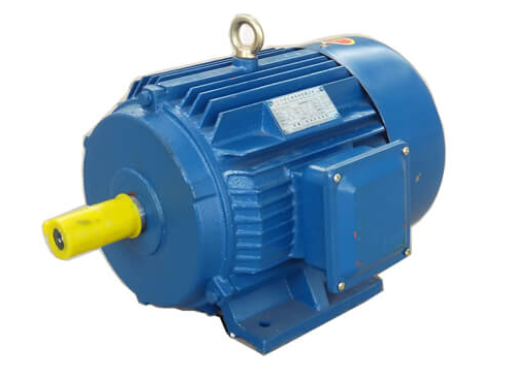

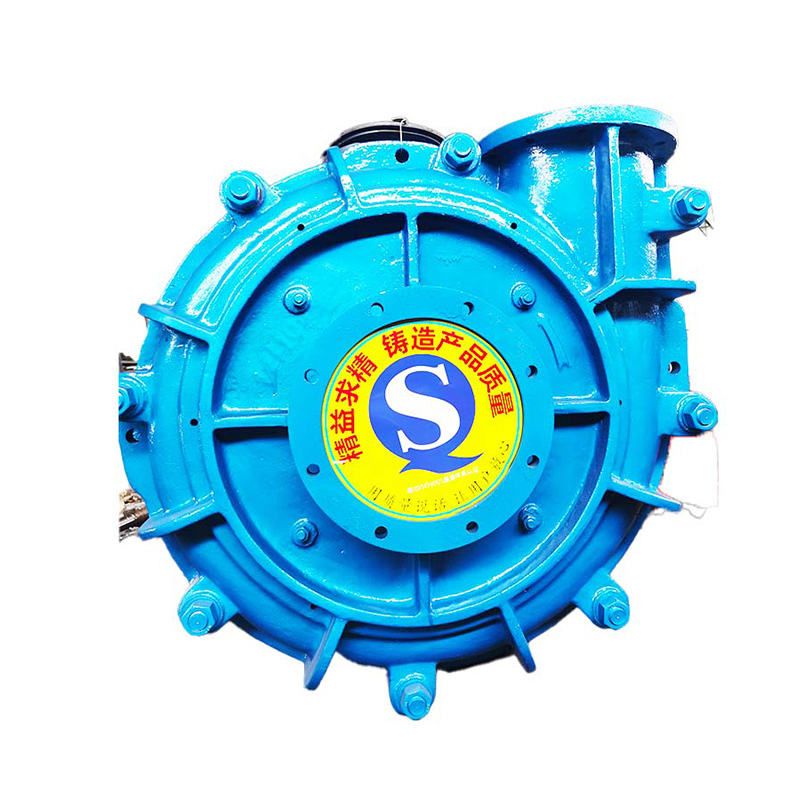
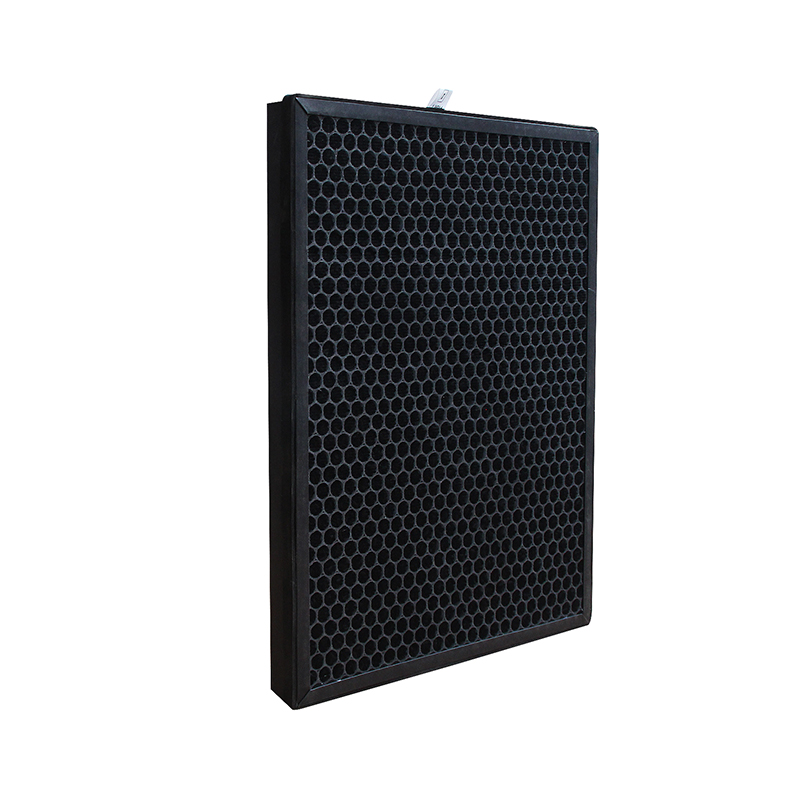
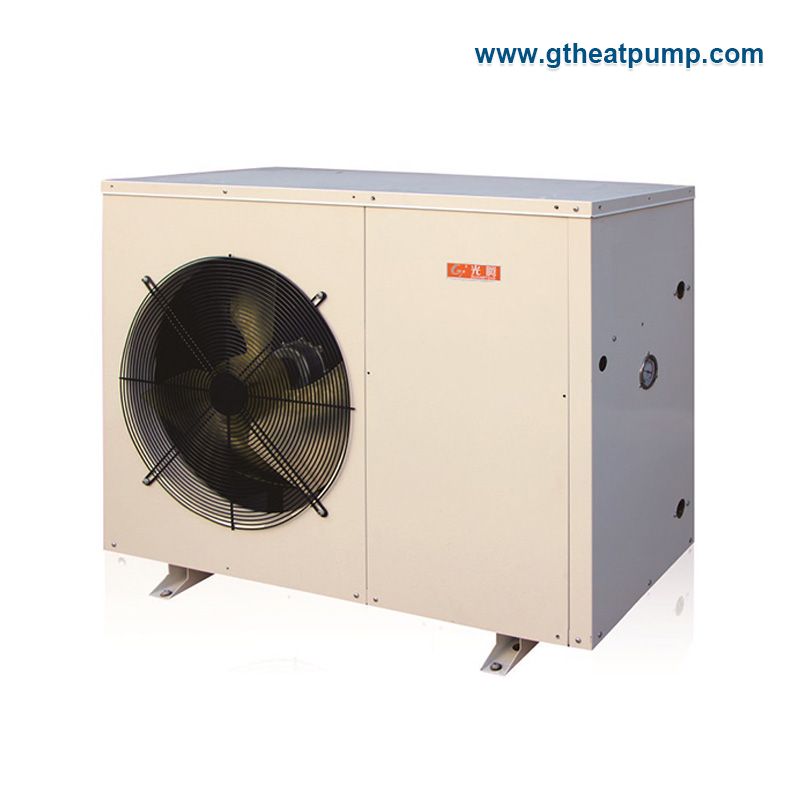
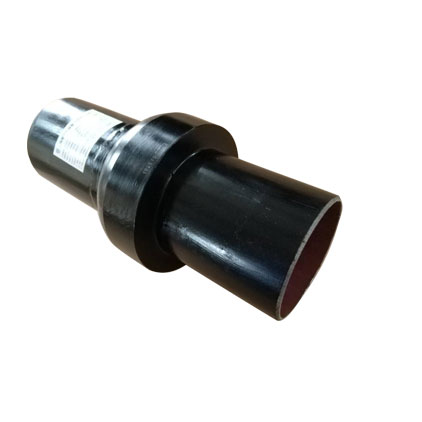
Comments
All Comments (0)